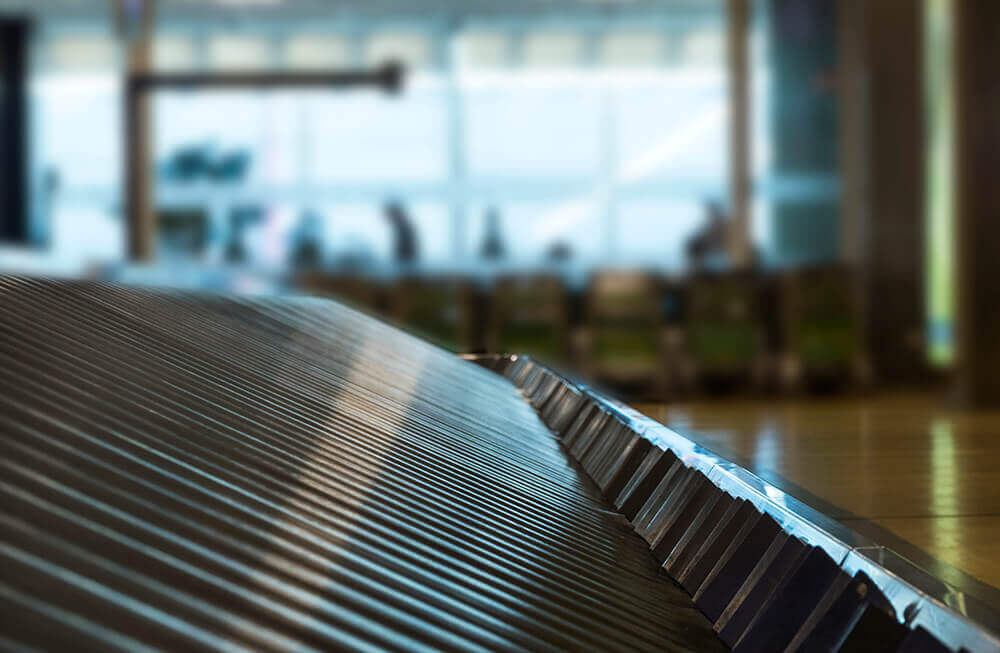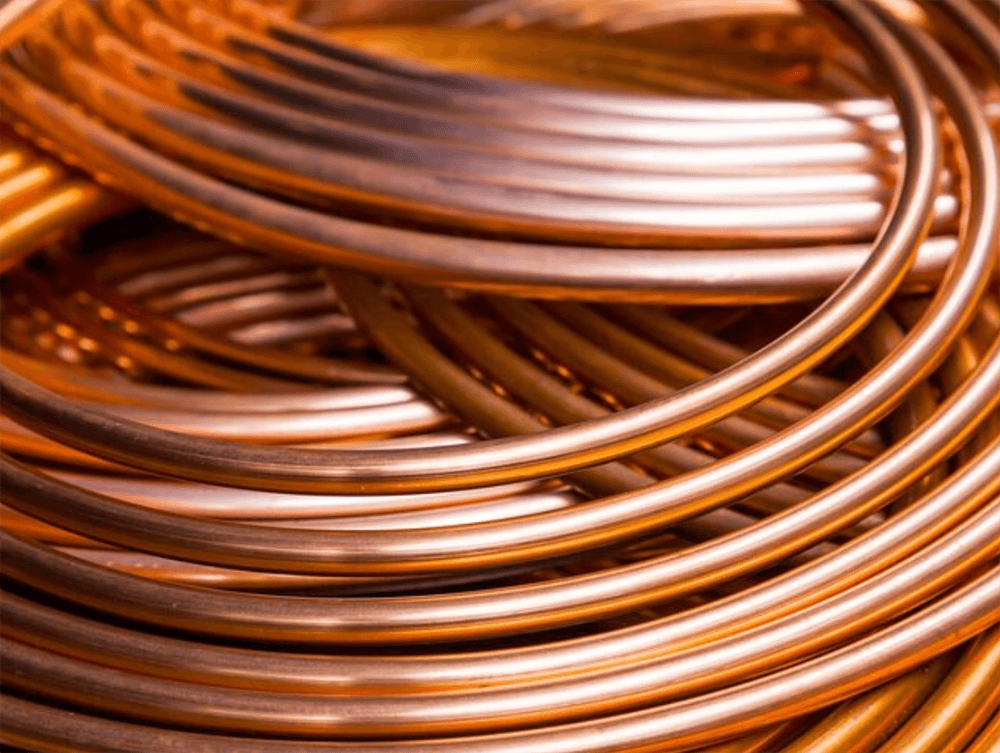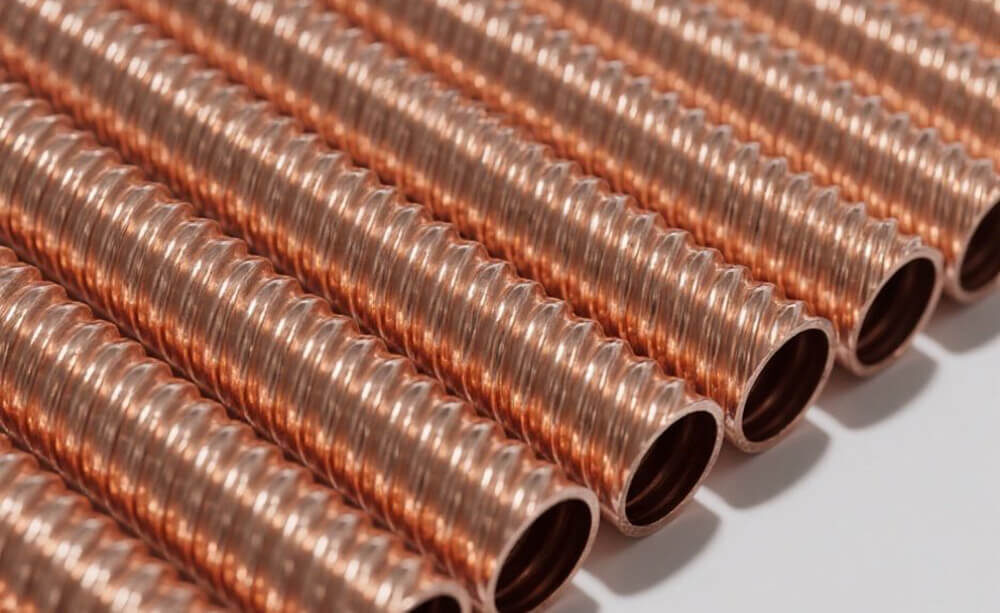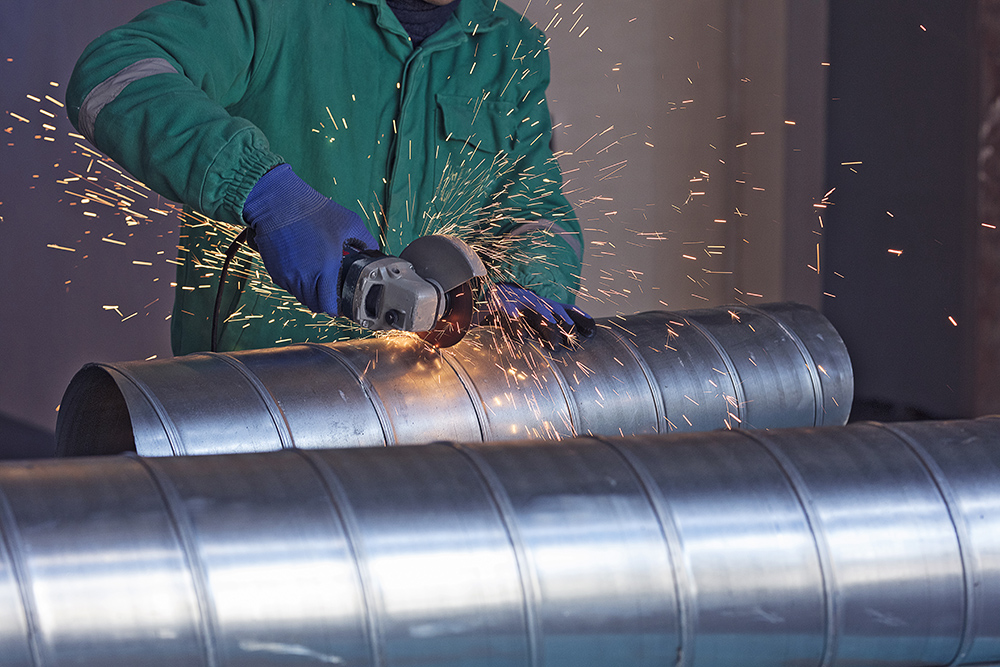Understanding Finned Tube Technology: A Comprehensive Guide to Heat Transfer Enhancement?
Are you struggling with inefficient heat transfer in your industrial systems? Poor heat exchange not only drains your energy budget but can also lead to system failures and production downtime. There’s a better way.
Finned tubes are specialized heat transfer components that enhance thermal efficiency by increasing surface area for heat exchange. They typically consist of a base tube with attached fins that can improve heat transfer by 5-10 times compared to plain tubes, making them ideal for boilers, economizers, and various heat exchangers.
After 40 years in the industry, I’ve seen firsthand how proper finned tube implementation transforms system performance. My South African clients particularly appreciate how these components solve their heat transfer problems in mining and industrial applications. Let me guide you through the essential knowledge you need to make informed decisions.
What Are The 10 Critical Factors That Impact Finned Tube Performance in Boiler Systems?
Is your boiler system underperforming despite significant investments? You might be overlooking critical finned tube factors that silently sabotage efficiency while inflating operational costs unnecessarily.
The top factors affecting finned tube performance1 include fin density, material selection, tube diameter, fin height, tube wall thickness, fin thickness, surface coatings, flow arrangement, fouling resistance, and manufacturing quality. Optimizing these factors can increase boiler efficiency2 by 3-8% depending on the system.

The performance of finned tubes in boiler systems isn’t simply a matter of installing any generic product. Each application has unique requirements that demand careful consideration. Let me break this down further:
Material Compatibility Considerations
Material selection forms the foundation of any successful finned tube application. For boilers operating under 400°C, copper tubes with aluminum fins offer excellent thermal conductivity. However, when temperatures exceed this threshold, stainless steel or specialized alloys become necessary.
I recently worked with a South African mining client who initially selected carbon steel finned tubes for their waste heat recovery system. After three months, they experienced significant corrosion issues due to sulfur compounds in their exhaust stream.
How Do You Select The Right Finned Tube Materials for Different Industrial Applications?
Have you been experiencing premature tube failures or suboptimal heat transfer? The wrong material combination could be costing you thousands in maintenance and lost efficiency without you even realizing it.
Select finned tube materials1 based on operating temperature, corrosive elements, pressure requirements, and cost constraints. Copper tubes with aluminum fins work well for HVAC applications, while stainless steel or specialized alloys3 are necessary for corrosive environments like oil and gas processing.

Material selection isn’t just about withstanding temperature—it’s about creating the perfect marriage between tube and fin materials for your specific application. Here’s what I’ve learned from decades of manufacturing finned tubes for diverse industries:
How Can You Calculate ROI When Upgrading to High-Efficiency Finned Tubes in Existing Systems?
Are your operational costs steadily climbing while equipment efficiency declines? You might be missing substantial savings that could be realized through strategic finned tube upgrades—but how do you justify the investment?
Calculate ROI for finned tube upgrades by comparing implementation costs against projected energy savings, reduced maintenance, and production improvements. A typical calculation includes capital expenditure, energy cost reduction (usually 5-15%), maintenance savings, and improved production capacity, with payback periods commonly between 8-24 months.
Justifying capital expenditure for heat exchanger upgrades requires solid financial analysis. I’ve helped dozens of industrial clients through this process, and here’s the framework I use to build a compelling business case:
How Can Custom Finned Tubes Maximize Energy Recovery in Economizer Design Optimization?
Is your boiler system wasting valuable heat up the stack? Standard economizer designs often leave significant energy recovery potential untapped, directly impacting your bottom line through unnecessary fuel consumption.
Custom finned tubes can maximize economizer energy recovery by precisely matching fin geometry to flue gas properties and flow characteristics. Optimized designs can capture 5-8% more waste heat than standard configurations through strategic fin density transitions, hybrid fin types, and application-specific material selection.
Economizer optimization represents one of the highest ROI opportunities in industrial energy systems. Through proper finned tube customization, we can extract significantly more energy from exhaust gases that would otherwise be wasted. Let me share what I’ve learned from designing optimized economizers:
Custom Fin Profiles for Different Applications
Standard economizers often use the same fin profile throughout, but customizing fin geometry based on the specific characteristics of your system can yield significant improvements:
- Serrated Fins: Provide 15-25% better heat transfer in clean gas applications by creating turbulence in the gas boundary layer
- Solid Fins: More resistant to erosion in particulate-laden gas streams
- Wave-Form Fins: Offer a balance between heat transfer enhancement and fouling resistance
- Dual-Layer Fins: Combine inner and outer fin layers with different geometries to optimize both heat transfer and structural integrity
For a recent project with a cement manufacturer, we implemented a hybrid design with serrated fins in cleaner gas sections and solid fins in areas with higher particulate concentrations. This approach increased energy recovery by 7.2% compared to their previous uniform design.
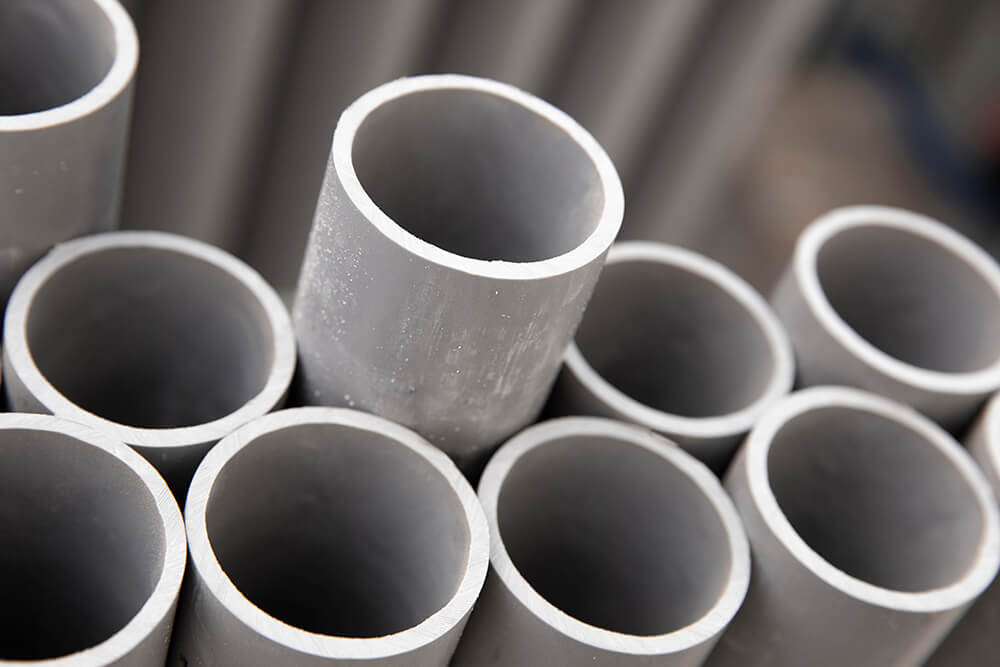
What Specialized Finned Tube Solutions Address Heat Exchange Challenges in Corrosive Environments?
Is corrosion steadily eating away at your profits through frequent equipment failures and unplanned downtime? Conventional heat exchanger tubes deteriorate rapidly in aggressive environments, creating costly maintenance cycles that seem unavoidable.
Specialized finned tubes for corrosive environments include bimetallic solutions, advanced coatings, and custom alloys. Options range from copper-nickel tubes for marine applications to fluoropolymer-coated finned tubes for chemical processing, each offering 3-5 times longer service life compared to standard materials.
Corrosive environments present unique challenges that standard finned tubes simply cannot withstand. Through decades of working with clients in chemical processing, marine applications, and mining, I’ve developed specialized approaches to these demanding conditions:
What Are the Maintenance Best Practices for Extended Finned Tube Lifespan in Industrial Systems?
Are unexpected heat exchanger failures disrupting your production and draining your maintenance budget? Without proper care, even the highest quality finned tubes will deteriorate prematurely, leading to efficiency losses long before catastrophic failure.
Extend finned tube lifespan through regular inspection, appropriate cleaning methods, water chemistry control, proper startup/shutdown procedures, and preventive maintenance scheduling. Well-maintained finned tubes typically last 10-15 years versus 3-5 years for poorly maintained systems, representing significant long-term savings.
-
Explore this link to understand the best materials for finned tubes, ensuring optimal heat transfer and efficiency in your systems. ↩ ↩
-
Learn about the importance of using the right materials in corrosive settings to prevent failures and ensure longevity. ↩
-
Improving boiler efficiency can lead to significant cost savings and better performance; explore effective strategies here. ↩

